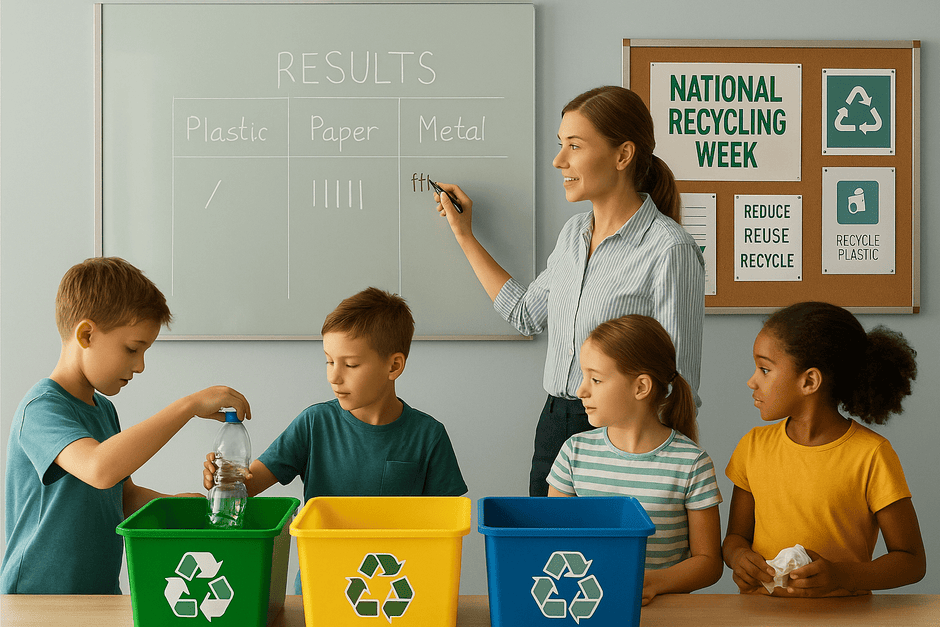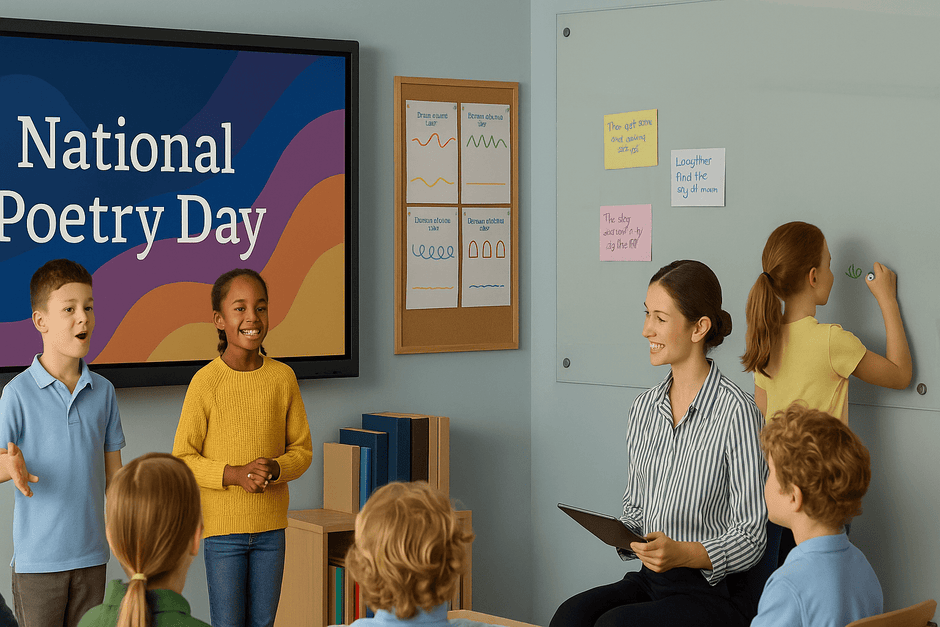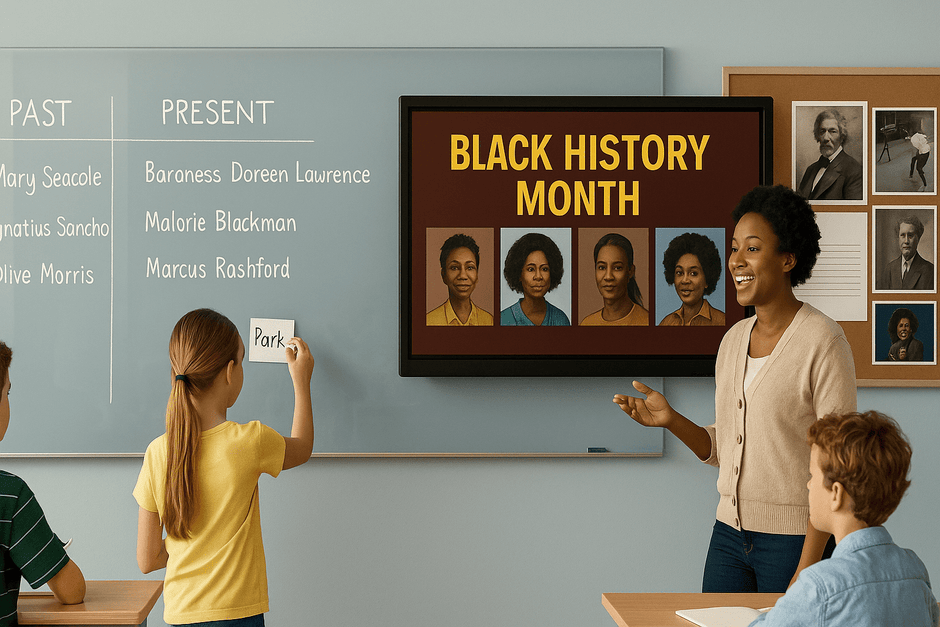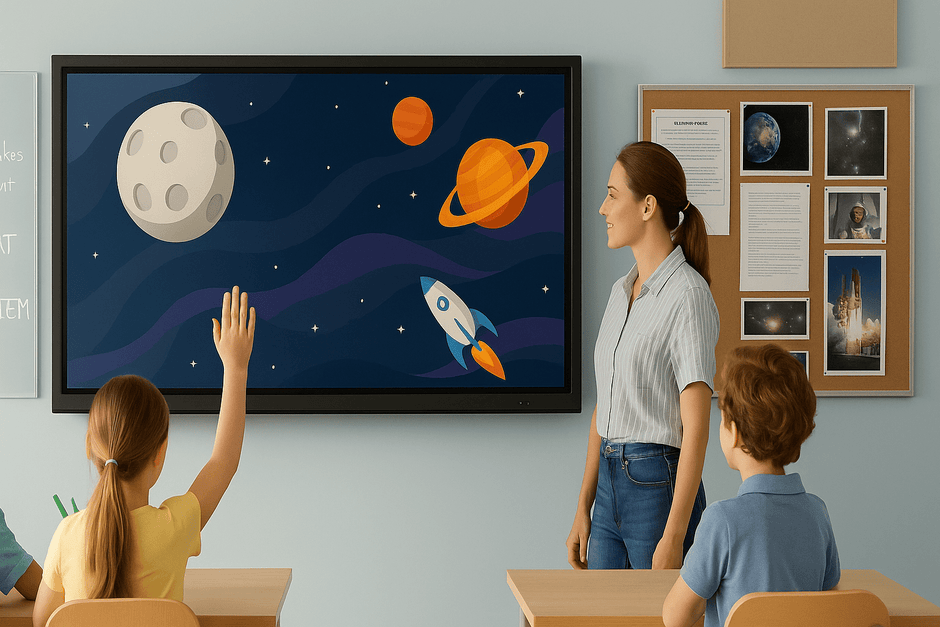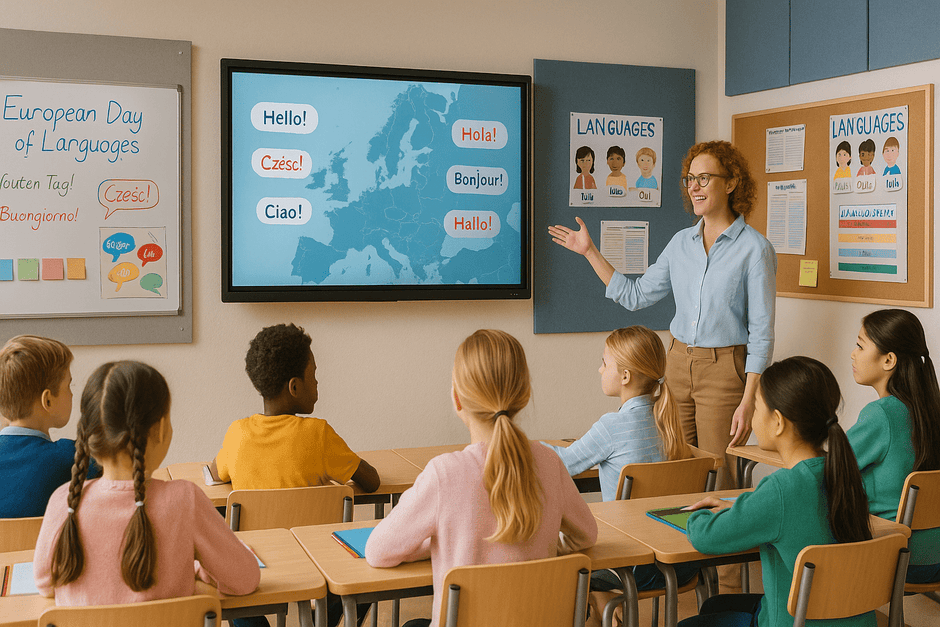However you feel about ‘chalk and talk’ teaching, the simple fact is that very often your whiteboard is the focal point of your classroom and the one absolutely vital ingredient in the majority of lessons.
Whiteboards are pretty resilient if they are cared for properly, but a pupil with the wrong pen or an over-zealous cleaner with the wrong kind of spray can leave boards stained, covered in residue or simply unusable.
The good news is, that most of the time your whiteboard can be rescued! To properly deal with stains and residue, get your hands on a bottle of whiteboard cleaner and conditioner, designed to deal with almost any whiteboard issue (including permanent marker) but if you are still waiting for yours to arrive, our handy tips can help you out in a pinch:
Whiteboard Rescue #1 – How to Remove Permanent Marker!
The Problem: Kids love a whiteboard. Cleaning it, writing on it and, most of all, drawing on it! Of course, they are well aware they are not allowed to be scrawling graffiti across your board so they know every second counts; stopping to check whether the marker they have grabbed in a moment of heady whiteboard fueled adrenaline is, in fact, a dry wipe pen is rarely a part of their thought process.
The Solution: Fortunately, permanent marker on the board isn’t as difficult to fix as it sounds. Grab a dry wipe pen in the darkest colour you have – ideally black – and trace over the permanent marker lines, then erase as normal. The dry wipe pen will break down the permanent ink, making it easy to wipe away. This will still work hours later, so there is no need to panic. If you need to remove permanent marker urgently and don’t have time for tracing lines (i.e. the words or drawings are less than appropriate) a can of deodorant will do the job in an emergency. This is not recommended for regular use as it can damage your whiteboard surface.
Whiteboard Rescue #2 – How to Get Rid of Cleaning Fluid Residue!
The Problem: Multi-purpose and ‘all surface’ cleaners are not always appropriate for using on a whiteboard. Any cream based cleaner will leave an invisible film over your whiteboard that makes it nearly impossible to clean. The same is true for many household cleaning wipes, which seem like a quick and easy cleaning solution between lessons but can quickly build up to cause sticky feeling streaks across your board when you try to ‘dry wipe’ your writing.
The Solution: The short term ‘middle of a lesson’ solution to this is to use the same cleaner or wipes that caused the issue to remove the streaks and any subsequent writing. This doesn’t actually fix the problem but it does make your board usable for the remainder of the lesson. When you have time, clean your board thoroughly with a mild alcohol based spray cleaner or rubbing alcohol on a cloth.
Whiteboard Rescue #3 – How to Get Tape Residue off Your Board!
The Problem: You might have a hundred reasons for taping something to your whiteboard, whether it is sheets of sugar paper from group activities, giant shapes for numeracy games or a sign-up sheet for parents evening. Tape is quick, easy, and far less likely to disappear into pupils’ pockets than blue tack. Unfortunately it often leaves stripes of adhesive residue on your board, especially if it has been left there for any length of time.
The Solution: The good news is that the answer to this one is already in your pencil case! Take a hard pencil eraser and rub it over the marks. The tape residue will lift up from the board leaving you with a surface you can simply run over quickly with a normal whiteboard cleaning wipe for a perfectly restored surface! The sad fact is that your whiteboard, while hardy, does have a shelf life. It is advisable to replace your board every few years. If you are looking for a board that is practically invincible, our scratch resistant surface vitreous enamel boards come with a 25 year surface guarantee!




